Consumer research: How consumers feel about circular economy business models for textiles
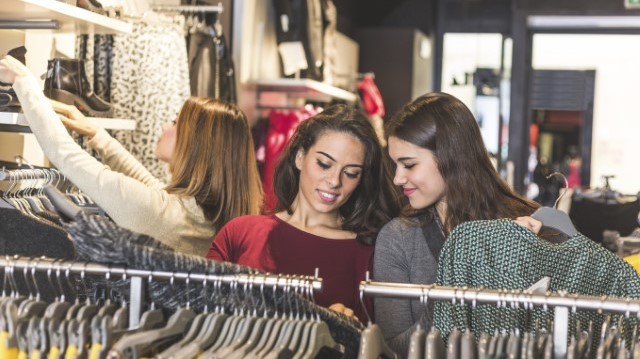
The Business Finland funded Telaketju 2 project aims for building business from circular economy of textiles. Scope of the project includes novel circular economy business models aiming for better material efficiency and increase material and product life, as well as business related to textile recycling.
The aim of the consumer research of Telaketju 2 project is to find out consumers attitudes towards recycling and different circular economy business models: what kind of value consumers seek and receive from solutions, and what kind of circular economy business models and services they demand. The consumer research consists of three parts; 1) quantitative consumer survey in Finland (N=300), 2) qualitative consumer survey in three other countries, Germany, Sweden and the Netherlands (N~20-30 / country), and 3) consumer workshop in Finland. This report summarizes the results from the first phase, quantitative consumer survey implemented on May 2020 in Finland.
In the survey, the focus was on gathering consumers’ views on collecting end-of-life textiles and evaluation of three different business models: 1) New garments from recycled fibre, 2) New products from used textiles, and 3) Clothes as a service. Here, with end-of-life textiles we mean textiles that are useless to their owner and can be either usable or textile waste. Textile waste consists of unusable, ruined or worn out textiles.

In general, consumers were pleased that the collection possibilities for end-of-life textiles would be improved and the fibre could be utilized in new textiles. In particular, they called for products made from recycled fibres to be the ‘new normal’ and to be available to everyone.
This survey involved in total 300 Finnish consumers from which half were women and half men. The average age of the respondents was 40 years. About two out of three lived alone or with a spouse and a quarter were families with children. The respondents were mainly full-time employees. Finns are known to be good at recycling and according to our study, nearly 90% of respondents recycle magazines and papers as well as pledged beverage bottles and cans. More than half of the respondents also recycle clothes and other textiles.
Mainly consumers tend to end up using textiles for their own use. If this is not possible, they recycle the textiles so that someone else can use them, i.e. give them to acquaintances and relatives or sell them at flea markets. About a third of respondents also throw unusable textiles in the trash.
Collection end-of-life textiles
According to our study, 84% of consumers would very likely or somewhat likely dispose unusable textile waste for separate collection, see figure 1. Driver for this behaviour is that consumers want to get rid of unnecessary goods. The most popular collection point for end-of-life textiles would be the same place where other recyclable materials are already collected nowadays. Collection needs to be easy and it has a particular impact on consumers’ willingness to deliver unusable textiles for collection. Consumers also feel that by delivering unusable textiles for collection they can act responsibly and protect the environment.
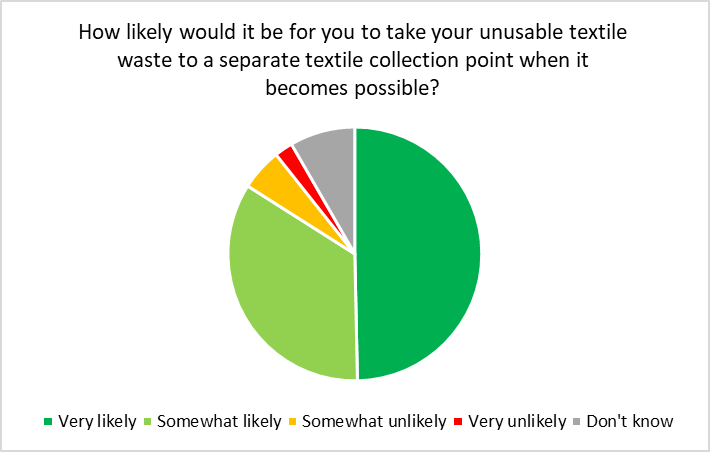
Figure 1. Consumers interest to take unusable textile waste to the collection point.
Evaluation of business models
The first business model evaluated by consumers was called Producing new garments from recycled fibre. There, the idea is that textile waste can be recycled as a new textile fibres. These fibres are further used in the fabrication of e.g. garments and home textiles. Products made from recycled fibres have similar characteristics or quality as products made from non-recycled fibres.
In our study, 75% of Finnish consumers are very interested or quite interested in buying products made from recycled fibre, see figure 2. The most important factors in making a purchase decision for products made from recycled fibre are product comfort, price, product quality and durability, and ease of maintenance. These are followed by recyclability and ecology, and responsibility. More than 70% of respondents felt that products made from recycled fibre are not sufficiently available and doubted the quality and durability of the products.
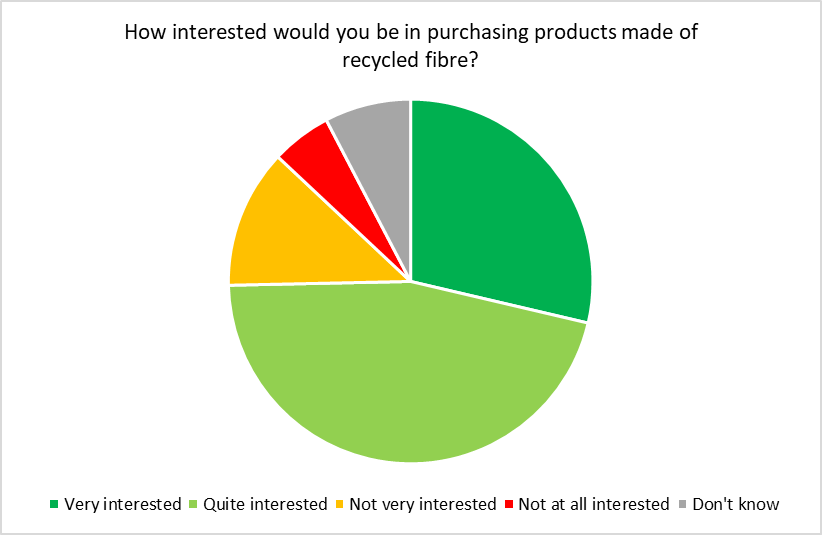
Figure 2. Consumers’ interest to buy products made of recycled fibre.
The second business model evaluated by consumers was called New products from used textiles. There, the idea is that used textiles e.g. cast-off home textiles like tablecloths and hotel curtains as well as leftover material from the textile industry are utilized in manufacturing of new textile products. These products are of high quality, unique and ecological.
According to our study, 69% of the respondents were very interested or quite interested in buying products made from used textiles, see figure 3. In other words, this was almost as interesting for consumers as that previous business model, which made new products from recycled fibre. Consumers would prefer to purchase home textiles, bags and clothes made of used textiles. Similarly to the first business model, the most important factors in making a purchase decision for products made from used textiles are product comfort, price, product quality and durability, and ease of maintenance. They were also willing to buy products manufactured domestically or in local areas.
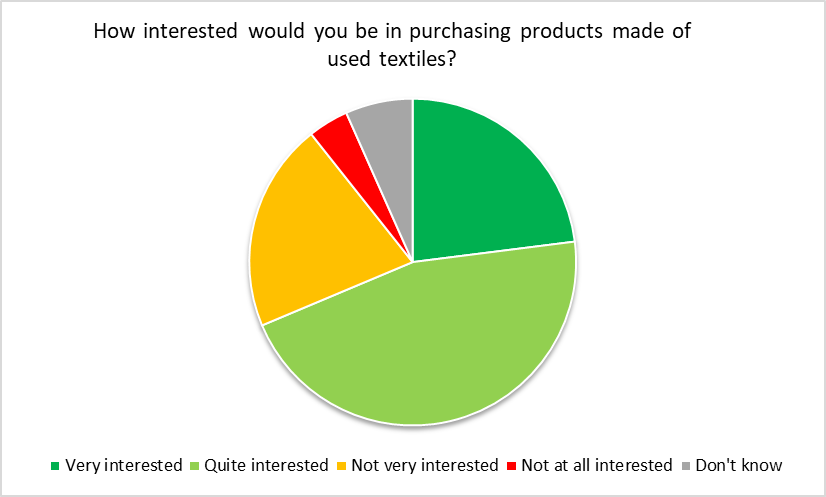
Figure 3. Consumers’ interest to buy products made of used textiles.
The third business model evaluated by consumers was called Clothes as a service. There, the idea is that consumer is offered used clothes and accessories for temporary use. The products are in good condition and there are products for women, men, the youth and kids. The service use is based on a membership, which can be for example temporary. As a member, the consumer can use several products per month for a time period that suits them. For example, a 30 € / month membership would cover one pair of trousers, two shirts and accessories. It is possible to view and try the clothes on in the store, or they can be ordered from the online service to be delivered at home. At the end of the loan period, the clothes can be easily returned in the same packaging they were delivered or taken to the store. The consumer has a personal profile where they can record their clothing size and style preferences and receive product recommendations based on this information. The service will also include a repair service that makes sure the products will be in good condition during the use.
In this study, Clothes as a service business model did not arouse much interest among the respondents, only 34% were very interested or quite interested in using the service, see figure 4. One-time payment was the most popular among the respondents over the multiple used card, monthly fee or subscription. Consumers were most interested in purchasing formal wear. When using the service, price, the appearance of the products and the ease of use of the service were considered important.
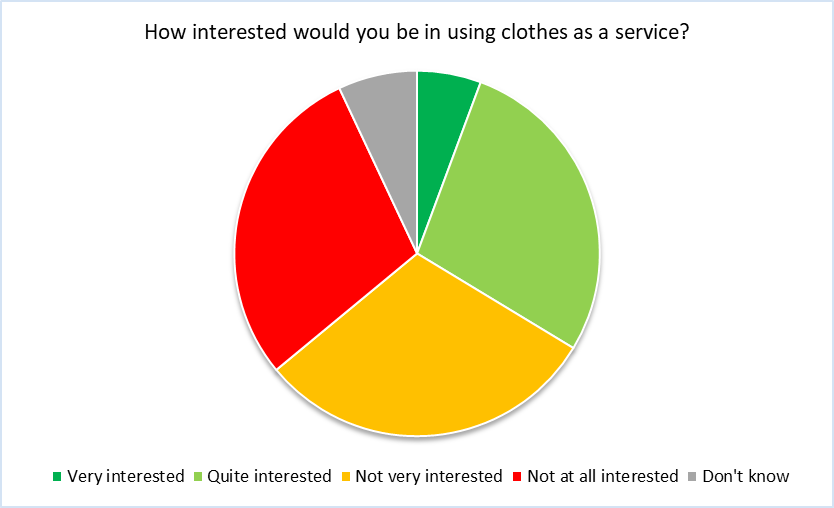
Figure 4. Consumers’ interest to use clothes as a service.
Conclusions
The time is ready. Consumers and companies are aware of the limited natural resources and climate change and they are concerned about the challenges these issues cause. It is understood that something needs to be done. Novel technological solutions for a more sustainable and closed-loop system have been developed for the textile industry, and new sustainable and circular brands are coming to the market. The closed-loop system, where garments are recycled into new fibres, is quite a new phenomenon and a new business opportunity.
Consumers really like the idea to utilise textile waste and used textiles to produce new clothes and other textile products. The attitude towards circular clothing is positive. Circular clothing is seen as a new, and in that sense those who would not wear second-hand clothes, would happily buy circular garments. Circular garments should be more available on the market, and they should be branded as luxury items and a special edition that would be easily recognisable (Vehmas et al., 2018).
Communication has a remarkable role in convincing consumers of the importance of sustainable consumption. For example, in this study, more than half of the respondents did not consider recycled fibre products to be particularly responsible and this might be due to the fact that they do not have enough information about producing and manufacturing recycled fibre products.. Therefore, the sharing of information is of great importance, especially in the marketing of such organic products. More information about the environmental and ethical aspects of the textile manufacturers and brand owners should be available and communication should be more visible.
References
Kaisa Vehmas, Anne Raudaskoski, Pirjo Heikkilä, Ali Harlin, Aino Mensonen (2018) “Consumer attitudes and communication in circular fashion”, Journal of Fashion Marketing and Management: An International Journal, Vol. 22 Issue: 3, pp.286-300, https://doi.org/10.1108/JFMM-08-2017-0079
Contact
You can find more info about the project at https://telaketju.turkuamk.fi/en.
You can also contact:
Kaisa Vehmas
Senior Scientist, Consumer Research
VTT Technical Research Centre of Finland Ltd
kaisa.vehmas@vtt.fi
